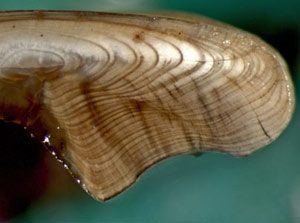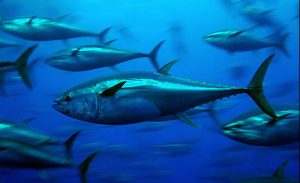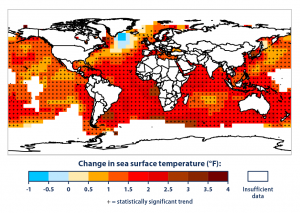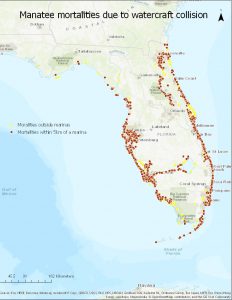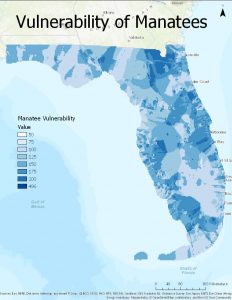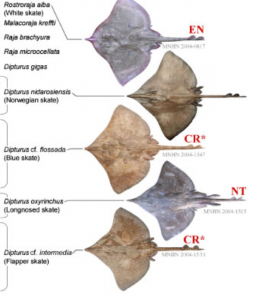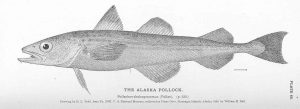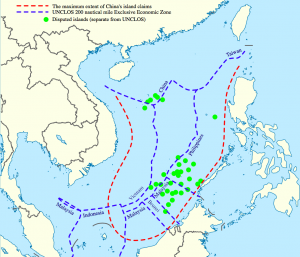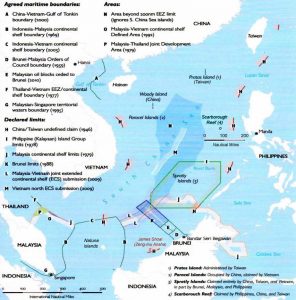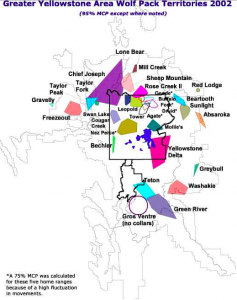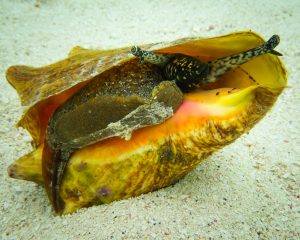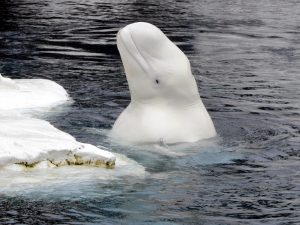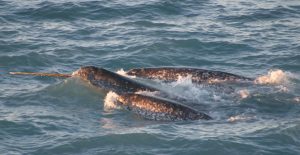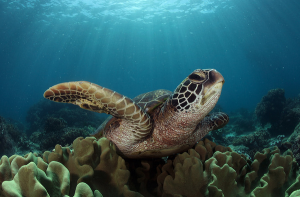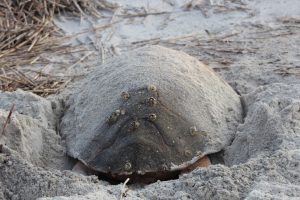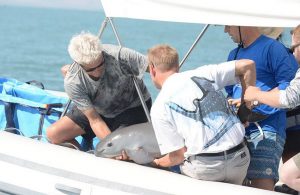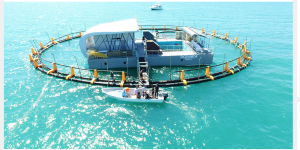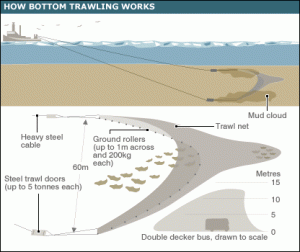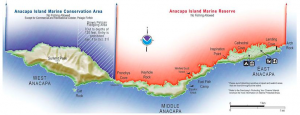Discerning the culture of compliance through recreational fisher’s perceptions of poaching.
By Luisa Gil Diaz, SRC intern
In a vast and endless ocean where regulation and enforcement can be difficult, marine protected areas represent oases where vulnerable species can have a reprieve from over fishing and other human activities. Of course, these protected areas are also created for the enjoyment of people too. The ocean can provide any number of recreational pursuits from scuba diving to fishing. Marine protected areas provide an environment in which these activities can be carried out safely and under regulations that protect the priceless marine park. However, what happens when people start violating these regulations? Why do they even do it in the first place? How can they be stopped? These are questions that researchers Brock Bergseth and Matthew Roscher address in their paper: Discerning the culture of compliance through recreational fisher’s perceptions of poaching.

The Great Barrier Reef Marine Park is one of the largest marine protected areas in the world.
In their paper, Bergseth and Roscher address poaching and compliance behaviors in the Great Barrier Reef Marine Park. Poaching is a specific type of fishing that occurs when species are illegally taken from protected areas. Because it is an illegal activity, poaching is a difficult subject to study and gather data on, so instead, the researchers went for a more indirect approach. Bergseth and Roscher used an interdisciplinary approach based on a concept in psychology called the theory of planned behavior to investigate people’s attitudes towards poaching as well as to see what motivates poachers in the first place. The theory of planned behavior states that there are three factors that make a person likely or unlikely to do something: 1. The individual’s personal attitude towards the behavior, 2. Societal pressures or attitudes associated with the behavior, and 3. The difficulty of actually carrying out the behavior. Bergseth and Roscher aimed to see how recreational fishers scored on these factors when related to poaching and compliance to the park’s regulations. They also wanted to determine how two other social phenomenons: pluralistic ignorance and false consensus, played a role in people’s perceptions about poaching. Pluralistic ignorance refers to when people think others perform illegal or unhealthy behaviors more than they themselves do, and false consensus is when an individual thinks everyone else also performs the behavior they do. These phenomenons are dangerous because they reinforce and encourage the illegal behavior.

As shown above, line fishing is one of the most popular types of fishing on the reef, but is prohibited in certain areas.
To gather data, the researchers surveyed 682 recreational fishers in the city of Townsville. Townsville was chosen because it has a large recreational fisher population and is the largest urban center located near the Great Barrier Reef Marine Park. When approached, the participants were reassured that their responses were anonymous and for research purposes, not for law enforcement. To avoid any biased responses, words such as “illegal” or “poaching” were excluded. The results from the study were interesting and encouraging. It was found that 9.7% of the fishers reported that they believed poaching occurred regularly. Interestingly, 13% of fishers reported personally knowing someone who poached, and their estimates for poaching were much higher. Only 3% of participants admitted to poaching and they had the greatest estimate of non-compliance with the poaching rule. Most recreational fishers viewed poaching as personally and socially unacceptable, however, the small minority that is still poaching is creating a substantial impact on fish population. The data suggests that the phenomenon of pluralistic ignorance encourages individuals who are already poaching to continue poaching because they think more people than just them are doing it. It also suggests that individuals who personally know poachers are likely to become poachers themselves because they also share this view.
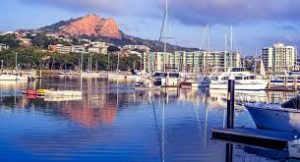
Townsville is off the coast of Queensland and is the largest urban center with direct access to the reef.
Important steps need to be taken to reduce poaching and stop new people from doing it. Recommended actions have included childhood education, outreach efforts, getting important community members to spread anti-poaching messages, and campaigns that highlight the marine park’s ability to catch and prosecute poachers. If these important steps are taken, not only will people be physically stopped from poaching, but over time, the misconceptions and attitudes that lead people to poach will be eradicated as well.
Works Cited
Bergseth, B. J., & Roscher, M. (2018). Discerning the culture of compliance through recreational fisher’s perceptions of poaching. Marine Policy.
Abrahamse, L. Steg, Social influence approaches to encourage resource conservation: a meta-analysis, Glob. Environ. Change 23 (2013) 1773–1785.
Suff, L. Deepsea.jpg. Digital image. Commons.wikimedia.org. N.p., 22 Aug. 2004. Web. 6 Mar. 2018.
NASA. GreatBarrierReef. Digital image. Commons.wikimedia.org. N.p., 26 Aug. 2000. Web. 6 Mar. 2018.
Townsville, Queensland. Digital image. Maxpixel.freegreatpicture.com. N.p., 2016. Web. 6 Mar. 2018.

